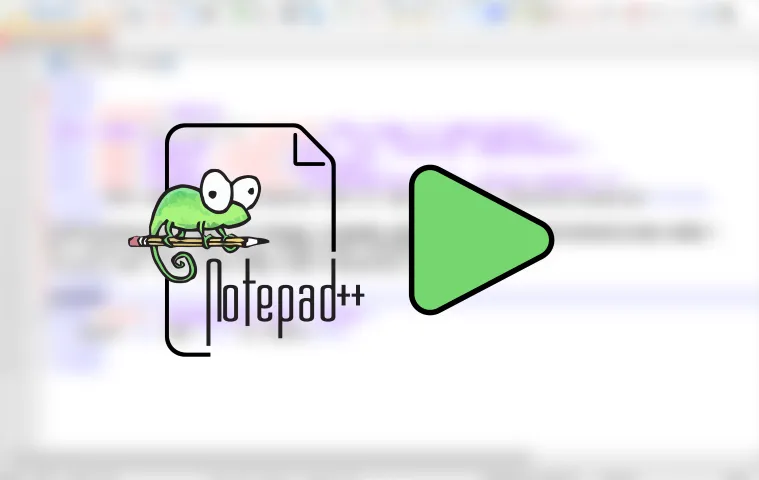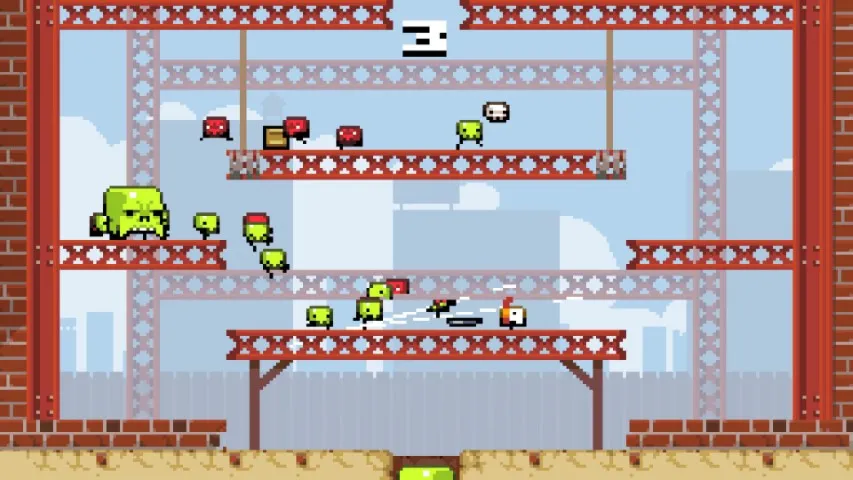
The best FOSS Game Frameworks to Make Amazing Games in
Monday, September 2, 2024 | Written by fishbowlforever
The Top Game Frameworks to create great Games in while learning new programming languages.
Game Engines are Great, but many people prefer to build more of the games systems on their own without having to do every little thing from scratch. Thats when frameworks come into play! They provide the basic functionalities you need to create a game, meaning graphics and audio, but not much more. There are many game Frameworks available, thats why I chose to compare some of the most popular ones in this article.
Raylib
Raylib was originally created by raysan5 to give his inexperienced students a simple way to create Video Games in C. It has since become one of the most popular open source Frameworks and received bindings for tons of languages.
Pros (+)
- C is a very solid foundational language for beginners to learn, albeit a bit harder than e.g. Lua
- No external Dependencies (since 2.0)
- The Header File Contains all the Information you need
- Bindings exist for almost every language
- Games are Compiled
- Good introduction to C and its Syntax
- Many additional tools are available (rFXGen, rGui & many more). They can be used for free online or bought for desktop.
Cons (-)
- You have to use Emscripten for WASM builds
- Language: C,C++ (main languages), any language (bindings)
- Website: raylib
Pygame-Ce
Pygame Community Edition is a framework for the Python language. It is written in C and based on SDL, meaning the Performance-Critical Code does not run in the slow Python language.
Pros (+)
- Easy to use for Beginners
- Python OOP is great for Games
- All Python Packages can be included into your Game
- Easy deployment to WASM with Pygbag
Cons (-)
- Cannot be compiled
- Your Game Logic will run slower than in C or golang
- Language: Python
- Website: pygame-ce
Ebitengine (Ebiten)
Ebitengine is a golang framework created by hajimehoshi (a prolific go developer) that provides everything you need to make a game right out of the box. There are not that many tutorials, to learn how to structure & code a Project you should look at the examples and at the source code of sugoimaze . It even has its own shader language (Kage). In some areas, it is not as complete as other frameworks on this list, but it is being worked on continously and it is more than sufficient to make a game.
Pros (+)
- Can be Compiled
- Support for many Platforms, including Nintendo Switch and iOS
- Can be easily compiled to WASM
Cons (-)
- Not that many tutorials (But the discord Community is extremely friendly and helpful)
- For beginners, golang can be a bit confusing (this is not meant to discourage you from learning it, golang is a very nice language and you should try it)
- Language: golang
- Website: ebitengine
Love2D
Love2D is an Framework for the Lua Scripting Language. Similarly to Pygame, it is written in C++ which makes it really fast.
Pros (+)
- Lua is a very pleasant language for beginners
- Love2D lets you create a pretty neat config file for your Game
- The framework on this list you can most easily get going (my experience)
- Good choice for prototyping
- Very Small bundled Size
Cons (-)
- No compilation (Distribution is very easy and size is small though)
- Your Game Logic will run slower than, lets say, C or golang
- Language: Lua
- Website: Love2D
Conclusion
For an absolute Beginner, I would recommend Love2D, unless you already know Python and like it, in that case you should try Pygame. If you are more advanced and also want to make 3D games, try Raylib. Try Ebitengine if you want to learn golang. All of the Frameworks are fun to work with an have wonderful Communities!
Happy Coding & Creating!
Background Image of the post cover are Ebitengine Examples


